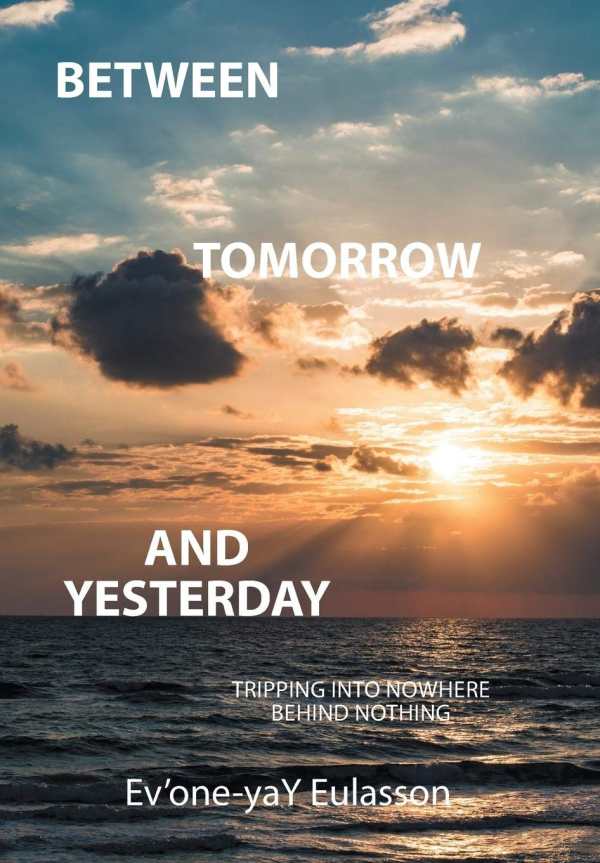Between Tomorrow and Yesterday
Tripping into Nowhere behind Nothing
Perry’s work evokes the 1970s and celebrates the black culture of the time by centralizing it.
Ev’one-yaY Eulasson’s Between Tomorrow and Yesterday: Tripping into Nowhere behind Nothing collects two plays, Sleep No More and Buy the Bi and Bye, by actor Felton Perry, best known for his roles in the movies Magnum Force (1973) and RoboCop (1987). Perry publishes as Ev’one-yaY Eulasson, and his work as a playwright draws on his experience as an actor and African American to revisit and redraw some of the theater’s familiar properties and tropes to centralize the black American experience in the 1970s.
Sleep No More is a musical comedy based on Shakespeare’s Macbeth, with words and lyrics by Perry and music by Gary Brooks. Concerned with imagining what’s possible between the famous scenes and lines, Perry uses Shakespeare’s original language and framing as a jumping-off point. The play departs from Shakespeare’s script to elevate and centralize its background characters, imagine more pedestrian backstories and intrigues in addition to Macbeth’s famous ambition, and use twentieth-century black vernacular for the new music and material.
Some of these interventions are more successful than others. Because the MagicMindMonster that replaces the three witches lacks the specificity and threat of its progenitor, its role seems more pedestrian and contrived than the original. But the Porter, Kitchen Maid, Old Chamberlain, and Young Chamberlain become breakout characters in Perry’s vision. Their complex, tangled love story includes intergenerational tensions, sexual threats and aggression, male competition, and social mobility. Their reconfiguration captures the toxic power struggle of the original text, but its transmutation brings a troubling dynamic that’s more transparent to a modern audience than Macbeth’s game of thrones.
Buy the Bi and Bye is a play within a play that satirizes “black theatrical expression” in a small theater. A period piece, this play explores black culture and concerns in the 1970s. The characters have gathered to practice Killin’ Flo’, a play about a lower-class urban black family whose underlying issues explode when the son brings home his new white wife and their baby.
Both plays are informed by struggles to move through an urban landscape and upward through the social landscape. While internal tensions between black people and external suspicions of their supposed white allies are explored in both, the extravagant violence of the resolution in Killin’ Flo’ is contrasted to the more pedestrian tensions and greater complexity of the actors assembled for that play’s read-through. Much of the comedy comes from this contrast and from the stark differences between the overblown, dramatic depictions of the people depicted in Killin’ Flo’ compared to the real, if often prosaic, tensions of the actors’ lives.
Perry’s work evokes the 1970s and celebrates the black culture of the time by centralizing it and portraying it equivalently to celebrated touchstones of Western art, like Shakespeare and the idea of theater itself, which are so often enclaves of whiteness. However, the same authenticity that evokes that time period can also make these plays seem like artifacts, especially when the depictions don’t seem to portray those times from a point of critical reflection.
Whether they’re tributes to or reimaginings of a near past, these plays’ strength is the specificity with which they capture the 1970s intersections of challenge, ambition, and trouble.
Reviewed by
Letitia Montgomery-Rodgers
Disclosure: This article is not an endorsement, but a review. The publisher of this book provided free copies of the book and paid a small fee to have their book reviewed by a professional reviewer. Foreword Reviews and Clarion Reviews make no guarantee that the publisher will receive a positive review. Foreword Magazine, Inc. is disclosing this in accordance with the Federal Trade Commission’s 16 CFR, Part 255.

